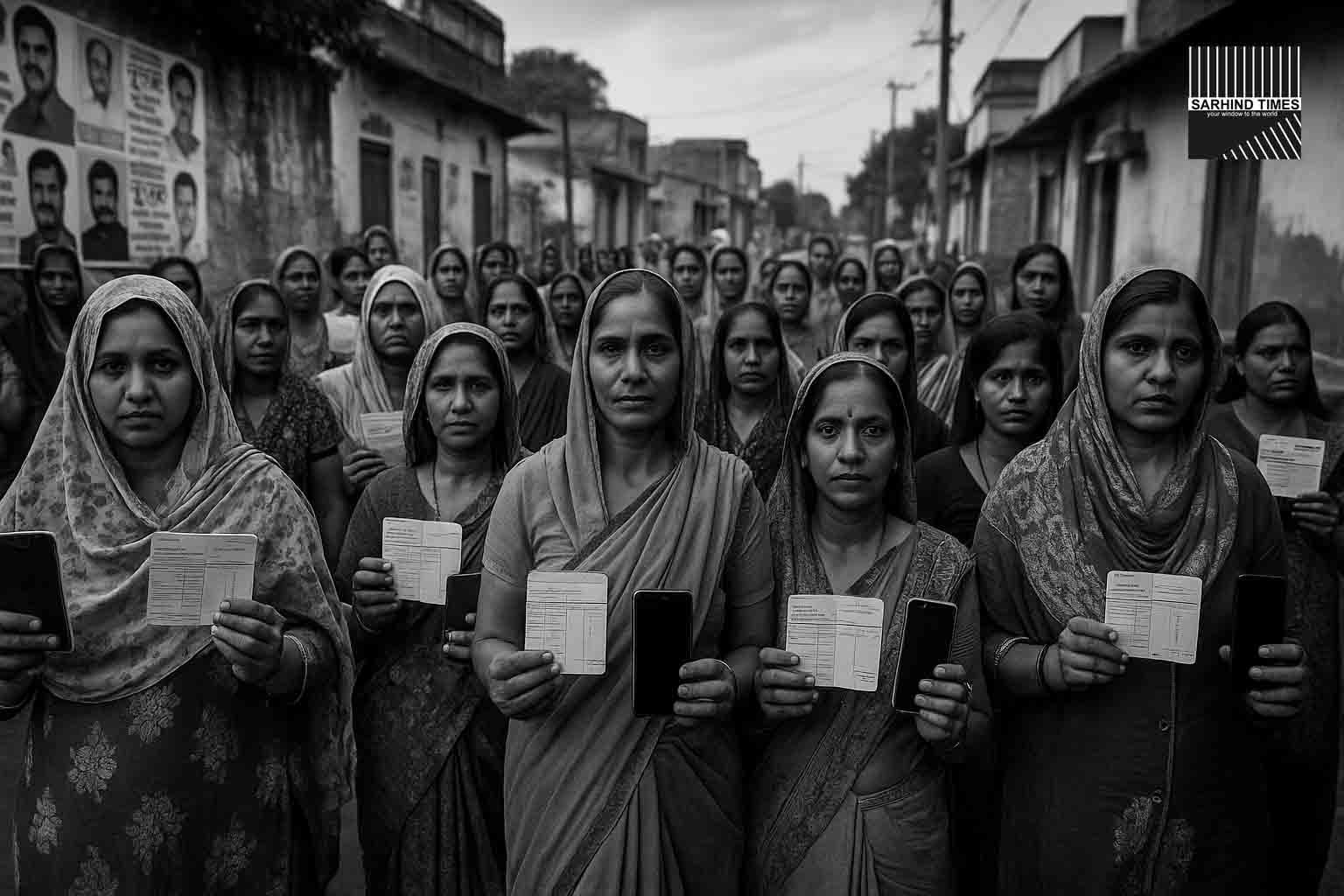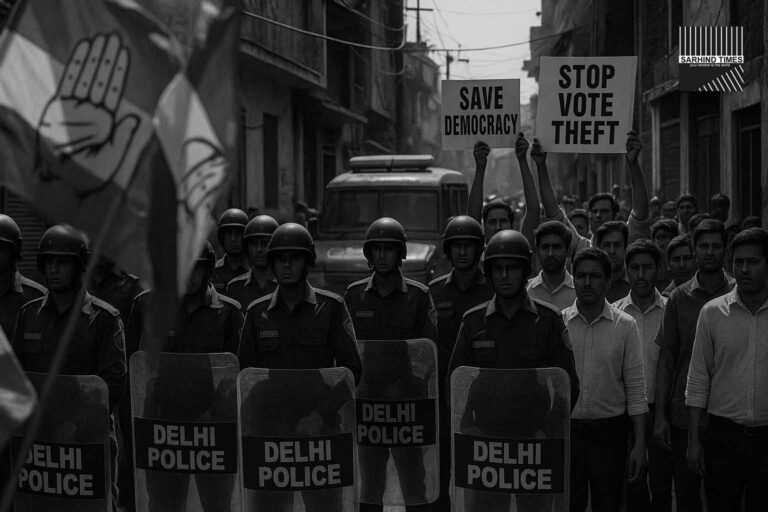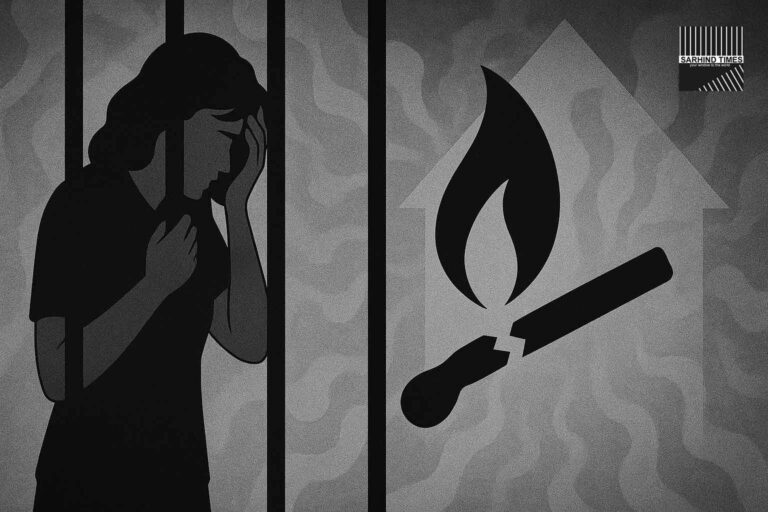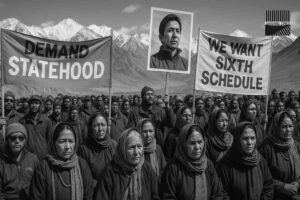In a politically charged move ahead of the upcoming Bihar Assembly elections, Prime Minister Narendra Modi on Friday announced the transfer of ₹10,000 each into the bank accounts of 75 lakh women in Bihar. The direct benefit transfer (DBT), totaling around ₹7,500 crore, was described by the government as “seed capital” meant to empower women through small businesses, farm activities, and household enterprises.
While the ruling National Democratic Alliance (NDA) has framed this as part of its commitment to women-led development, opposition parties have accused the government of attempting to “buy votes” ahead of the crucial state elections. Beyond the immediate politics, the scheme raises significant questions about women’s empowerment, economic inclusion, and the long-term effectiveness of direct cash transfers as a developmental tool.
Background of the Scheme
The transfer is being carried out under a new employment-linked support program targeted specifically at women in Bihar. Officials said it was “Phase One,” with potential expansion depending on results and feedback. The scheme’s stated goals are:
- Boosting women entrepreneurs: Helping women invest in handicrafts, petty shops, dairy, and farm activities.
- Household income support: Easing financial burdens by enabling purchases of tools, livestock, and raw materials.
- Financial inclusion: Ensuring women remain connected to the formal banking system through Jan Dhan accounts.
This announcement comes against the backdrop of the government’s wider narrative of Nari Shakti (women power), which has been a prominent plank in the 2024 general elections and subsequent policy initiatives.
Political Timing and Bihar Context
Bihar is one of the most politically competitive states in India. Women voters in Bihar have emerged as a decisive bloc in recent elections. In fact:
- In the 2019 Lok Sabha elections, women’s turnout surpassed men’s in several districts.
- Nitish Kumar’s long-standing “cycle scheme” for schoolgirls became a case study in women-focused policies changing electoral outcomes.
The ₹10,000 transfer is therefore more than just a welfare initiative—it’s a strategic electoral move.
Opposition parties such as RJD and Congress have called it an “election sop,” accusing the BJP of misusing public money for political gains. However, NDA leaders counter that empowering women is a long-term vision and not just election-time charity.
Women’s Empowerment in Bihar: The Larger Picture
Bihar has one of the lowest female workforce participation rates in India—hovering below 10%. Key barriers include:
- Patriarchal social norms limiting women’s mobility.
- Low literacy levels, especially in rural areas.
- Lack of capital to start micro-businesses.
- Poor access to markets and networks.
The state government has in the past run initiatives like JEEViKA (a World Bank-supported self-help group project), which empowered rural women in microfinance and livelihoods. The central government’s latest transfer could potentially complement such efforts—if designed with continuity and scale in mind.
Economic Impact: Symbolic or Substantive?
₹10,000, while helpful as a one-time injection, may not be sufficient to create sustainable businesses. Experts note:
- For petty trade (vegetable vending, tailoring, poultry), this amount can act as working capital.
- But for larger ventures, it is just a starting point, not enough for scale.
Economists argue that without follow-up support—training, access to markets, digital literacy—the cash may get diverted to household consumption rather than enterprise creation.
That said, immediate household consumption can itself boost local economies. With elections weeks away, the short-term “feel-good factor” might matter more politically than the long-term structural outcomes.
Opposition Reactions
The opposition has been quick to hit back:
- Tejashwi Yadav (RJD): “This is nothing but an election bribe. Women in Bihar need jobs, safety, education, and healthcare—not one-time money.”
- Congress Spokespersons: “Why only Bihar? If women empowerment is the goal, why not extend to all states? Clearly, it’s targeted at elections.”
On the other hand, NDA leaders defended the scheme:
- Union Minister Nirmala Sitharaman: “Every rupee is accounted for. This is about financial dignity for women, not politics.”
- Nitish Kumar (JD-U): “We have always prioritized women, from cycles to reservations. This scheme is in the same spirit.”
Reactions from Women Beneficiaries
Ground reports from districts like Nalanda, Gaya, and Purnia indicate mixed responses:
- Savitri Devi, 34, Nalanda: “I will use this money to buy goats. It will help my family earn extra.”
- Meena Kumari, 28, Gaya: “It is good, but only once. What after elections?”
- Self-help group leaders: “We want continued credit lines, not just one-time cash.”
Such voices highlight both gratitude and skepticism—a combination that will define the scheme’s political dividends.
DBT Model and Its Track Record
India has heavily leaned on the Direct Benefit Transfer (DBT) model since 2014, with Aadhaar-seeded accounts enabling fast and corruption-free transfers. Successful examples include:
- PM Kisan Yojana: ₹6,000 annually to farmers.
- Ujjwala subsidy transfers: Cooking gas support.
- Scholarship transfers for students.
However, critics argue DBT cannot replace systemic reforms. “It is like pain relief, not a cure,” says Prof. Abhay Kumar of Patna University.
Gender and Electoral Politics in India
Political scientists point out a rising “women’s vote” factor in Indian elections. For instance:
- In UP 2022 elections, women voted significantly for BJP due to schemes like free LPG refills and housing.
- In Madhya Pradesh, Ladli Behna Yojana (monthly ₹1,250 transfer) was credited with helping the BJP retain power.
The Bihar transfer follows this tested formula: targeted cash + symbolism + electoral timing.
Risks and Criticisms
- Fiscal strain: ₹7,500 crore is a large outflow. Critics ask whether similar allocations will follow in other states.
- One-time nature: No clarity on repeat transfers or sustainability.
- Implementation risks: Exclusion errors if women lack bank access or Aadhaar-linkage.
- Perception of sops: Could reduce seriousness of structural reforms.
Broader Context: Women and the Indian Economy
India has one of the world’s lowest female labor force participation rates (~24%). Improving this is essential for GDP growth. A McKinsey study estimated India could add $770 billion to GDP by 2025 if women participated equally in the economy.
Therefore, any scheme that draws women into economic activity—however small—has macroeconomic implications.
Conclusion
The ₹10,000 transfer to 75 lakh women in Bihar is a politically sharp, economically debatable, but socially resonant move. It underscores the centrality of women in India’s political imagination today.
Whether it truly empowers women or remains a tactical election-time sop will depend on what follows—systematic support for women’s enterprises, education, safety, and healthcare.
For now, one thing is clear: Bihar’s women will be at the heart of the state’s upcoming electoral battle.
#BiharElections #PMModi #WomenEmpowerment #DirectBenefitTransfer #IndianPolitics #WomenEconomy #NariShakti #SarhindTimes

























+ There are no comments
Add yours